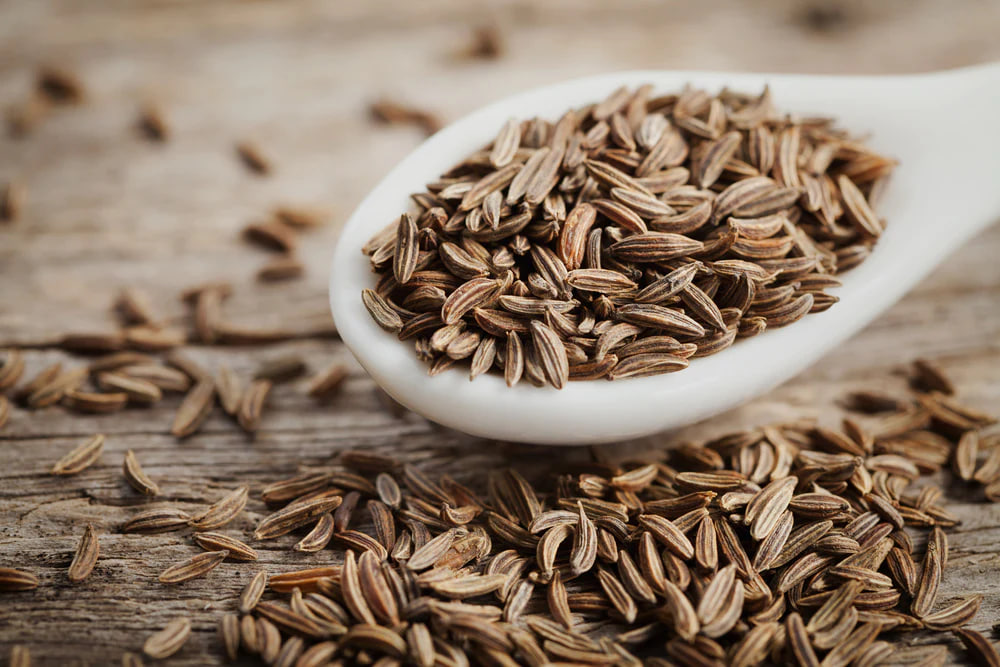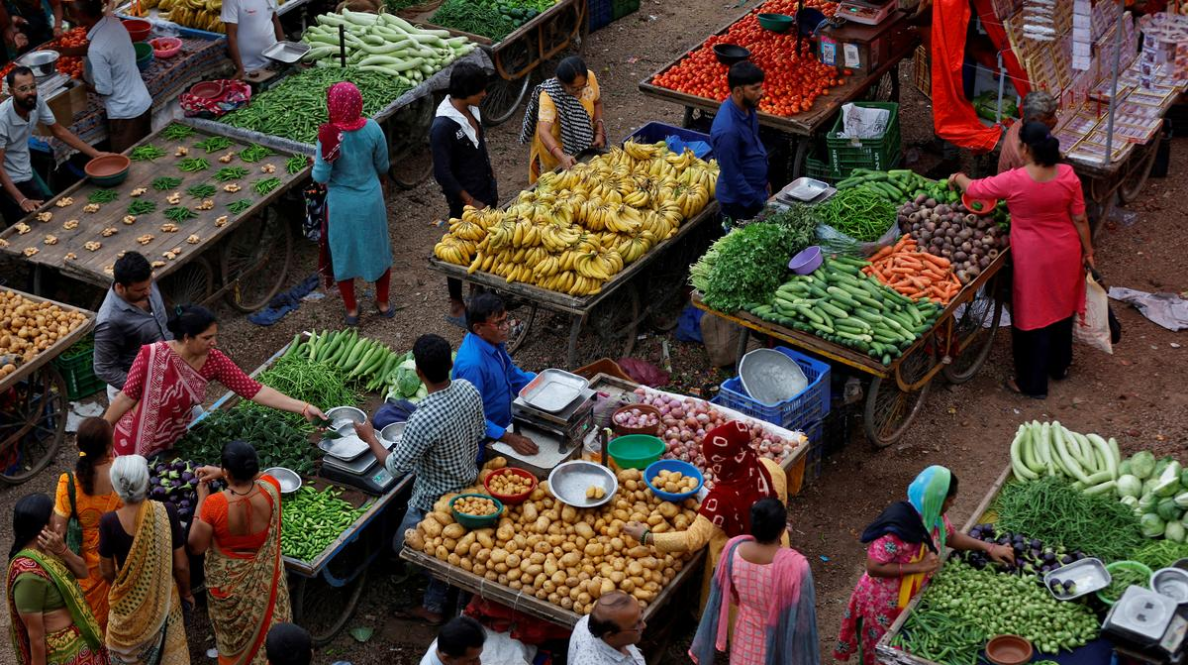Description

Copyright infringement not intended
Context: Jeera prices have been soaring in the past few months, reaching record levels in the wholesale markets.
Details
- Jeera (cumin seed) is a spice that adds flavour and aroma to many Indian dishes. It is also used for its medicinal properties and as a source of essential oil.
What are the reasons behind this unprecedented price spike?
- According to market experts, it is mainly due to a supply-demand mismatch.
- The production of jeera in India has declined in the last three years, from 9.12 lakh tonnes in 2019-20 to 7.25 lakh tonnes in 2021-22, as per government estimates. The main reasons for this fall are erratic weather conditions, pest attacks and lower sowing area.
- The demand for jeera has remained strong both in the domestic and export markets. Jeera is widely used in India for culinary and medicinal purposes.
- It is also exported to countries like China, Bangladesh, Vietnam, UAE and Sri Lanka. The export demand has increased due to the Covid-19 pandemic, as jeera is believed to boost immunity and digestion.
- The tight supply situation has led to intense competition among traders and buyers to procure whatever jeera is available in the market. This has resulted in a bidding war and a sharp increase in prices.
Effect of the high price
- The high prices of jeera have benefited farmers who have grown the crop this year. They have received good returns for their products and have been able to repay their debts.
- However, they have also faced some challenges such as labour shortages, transportation issues and market disruptions due to Covid-19 restrictions.
- The consumers of jeera have been adversely affected by the price rise. They have had to pay more for their favourite spice or reduce their consumption. Some consumers have also switched to cheaper alternatives such as fennel seeds or carom seeds.
Cumin Cultivation in India
About
- Cumin is a spice that belongs to the parsley family (Apiaceae). It is widely used in Indian cuisine for its distinctive flavour and aroma. Cumin seeds are also valued for their medicinal properties, as they help in digestion, immunity, and other health issues.
- India is the largest producer and consumer of cumin in the world, accounting for about 70% of the global production and 90% of the global consumption.
- Cumin is mainly grown as a rabi crop in India, which means it is sown in winter and harvested in spring.
- The major cumin-growing states in India are Rajasthan and Gujarat, followed by Madhya Pradesh and Uttar Pradesh.
Climatic and Soil Requirements for Cumin Cultivation
- Cumin is a crop that requires a long, hot summer of three to four months to grow.
- It thrives well in moderate dry and cool climates, with an optimum temperature range of 25-30°C. Cumin is sensitive to frost, waterlogging, and high humidity.
- It can tolerate drought to some extent, but not excessive rainfall.
- Cumin can grow on a variety of soils but prefers well-drained loamy soils with good organic matter content.
- The ideal soil pH for cumin cultivation is 6.5-8.5.
- Cumin should not be grown on saline, alkaline, or heavy clay soils. It is also advisable to avoid growing cumin on fields where cumin or other crops of the same family have been grown recently, as this may increase the risk of diseases and pests.
Way Forward
- The future outlook for jeera prices depends on several factors such as the monsoon rainfall, sowing area, crop condition, domestic demand and export prospects. If there is a good monsoon and a higher sowing area this year, then the production of cumin may improve and ease the supply pressure. However, if there is a drought or a pest attack or a lower sowing area, then the production may decline further and push up the prices.
Conclusion
- Jeera prices are shooting up in wholesale markets due to a supply-demand imbalance caused by lower production and higher demand. This has had positive and negative impacts on different stakeholders such as farmers, traders, exporters and consumers. The future trend of jeera prices will depend on various factors such as weather conditions, sowing area, crop conditions, domestic demand and export prospects.

https://indianexpress.com/article/explained/explained-economics/why-jeera-is-getting-expensive-8678012/














